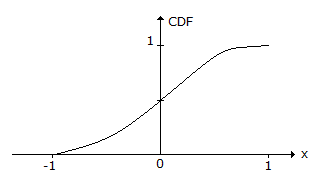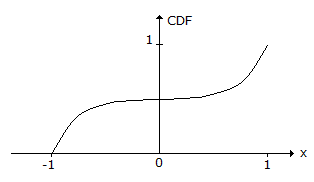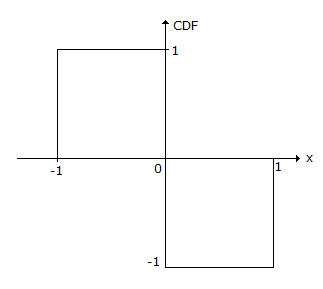Electronics and Communication Engineering - Exam Questions Papers
Exercise : Exam Questions Papers - Exam Paper 5
- Exam Questions Papers - Exam Paper 12
- Exam Questions Papers - Exam Paper 22
- Exam Questions Papers - Exam Paper 21
- Exam Questions Papers - Exam Paper 20
- Exam Questions Papers - Exam Paper 19
- Exam Questions Papers - Exam Paper 18
- Exam Questions Papers - Exam Paper 17
- Exam Questions Papers - Exam Paper 16
- Exam Questions Papers - Exam Paper 15
- Exam Questions Papers - Exam Paper 14
- Exam Questions Papers - Exam Paper 13
- Exam Questions Papers - Exam Paper 1
- Exam Questions Papers - Exam Paper 11
- Exam Questions Papers - Exam Paper 10
- Exam Questions Papers - Exam Paper 9
- Exam Questions Papers - Exam Paper 8
- Exam Questions Papers - Exam Paper 7
- Exam Questions Papers - Exam Paper 6
- Exam Questions Papers - Exam Paper 5
- Exam Questions Papers - Exam Paper 4
- Exam Questions Papers - Exam Paper 3
- Exam Questions Papers - Exam Paper 2
31.
The probability density function (PDF) of a random variable X is as shown below
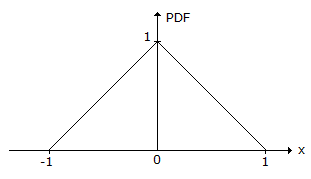
The corresponding cumulative distribution function (CDF) has the form

The corresponding cumulative distribution function (CDF) has the form
Answer: Option
Explanation:
Cumulative distribution function  (Pdf) dx
(Pdf) dx
Then when we integrate the line from (-1, 0) to (0, 1) we get a parabolic curve.
The maximum value of Pdf can be 1.
32.
The system with given pole-zero diagram is __________
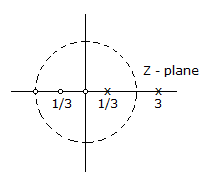

Answer: Option
Explanation:
Z transform for the pole zero plot will be



Degree of numerator > degree of denominator. Also ROC is not defined.
Hence response of the system cannot be determined.
33.
For the waveform shown below, the slew rate and full power bandwidth with respect to op-amp will be respectively
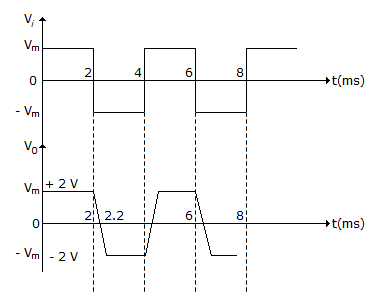

Answer: Option
Explanation:

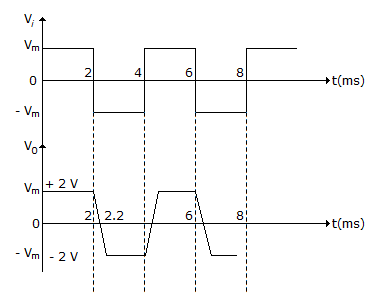
Full power bandwidth 
34.
In the derivation of expression for peak percent overshoot,  , Which one the following conditions is NOT required?
, Which one the following conditions is NOT required?
 , Which one the following conditions is NOT required?
, Which one the following conditions is NOT required?Answer: Option
Explanation:
 .
.
35.
The impulse response h(t) of a linear invariant continuous time system is given by h(t) = exp (- 2t) u(t), where u(t) denotes the unit step function. The output of this system to the sinusoidal input x(t) = 2cos(2t) for all time t, is
Answer: Option
Explanation:
When input is sinusoidal then output is also sinusoidal with same frequency but amplitude and phase changes. Thus amplitude is

Phase is tan-1 = 0.25 p
= 0.25 p
Thus y(t) = 2-0.5 cos(2t - 0.25p).
Quick links
Quantitative Aptitude
Verbal (English)
Reasoning
Programming
Interview
Placement Papers
